HISTORY
HISTORY
May 20, 1941 | The Battle of Crete – The “German Paratroopers’ Cemetery”

The Germans were well aware of the importance of Crete’s geographical location. On October 25, 1940, Lieutenant General Franz Halder, Chief of General Staff of the Army, stated that sovereignty in the eastern Mediterranean depended on the occupation of Crete and that the best way to achieve this would be air invasion, while Alfred Yold , chief of staff of the Armed Forces General Staff, had suggested that Crete could be occupied by the Italians so that it would not fall into the hands of the British.
The German invasion had to be carried out quickly and lightning fast, in order to continue their conquest plans to Russia, Malta, Cyprus and North Africa. The proposal for an air invasion of Crete was made by the head of the German Air Force, Hermann Goering, by Brigadier General Kurt Studen, creator of the Parachute Division and commander of the 11th Air Force Corp.
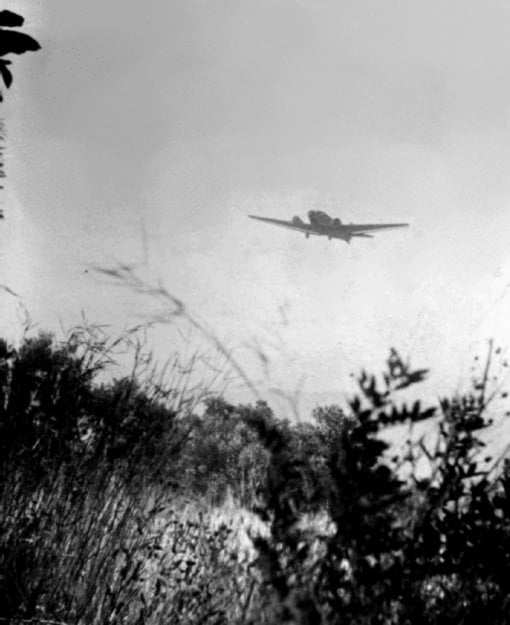
Junkers Ju 52 aircraft during the battle of Crete
Its management was entrusted to Goering, its design and implementation to the foreman Alexander Ler. The 11th Air Force consisted of units fighting on the ground, the 7th Paratroopers Division and the 22nd Airborne Division. The 8th Air Force included 550 bombers and fighting aircraft. The operation codenamed “Hermes” was the first mission to be carried out by the air force.
On the eve of the attack, the allied forces on the island had a regular advantage on land and sea, while the German forces on the air.
The defence of Crete consisted of Greek soldiers (those who had remained on the island) and forces of the British Commonwealth (British, Australian and New Zealand soldiers), who had escaped from occupied Greece. New Zealand General Bernard Freiberg, 52, a veteran of World War I, was in charge. The island’s defence numbered about 40,000, but there were shortages of weapons, mainly for Greeks.

German Paratroopers
The first waves of German paratroopers were immediately confronted by the defending Greeks and Allies defending Maleme. A large number of residents of the island also took part in the battles with all the weapons at their disposal, such as knives from the time of the Cretan Revolution.
The thousands of Cretans who took part in the defense of the island were a factor that the German military had not taken into account. They were convinced that the Cretans would welcome the Germans as liberators. In addition, the Germans believed that the number of fighters in Crete was only 5,000 men.
At 16:00 on the afternoon of May 20, a new wave of paratroopers crashed in Rethymnon and an hour later in Heraklion. The battles were fought on four fronts, in Chania, in Maleme, in Rethymno and in Heraklion.
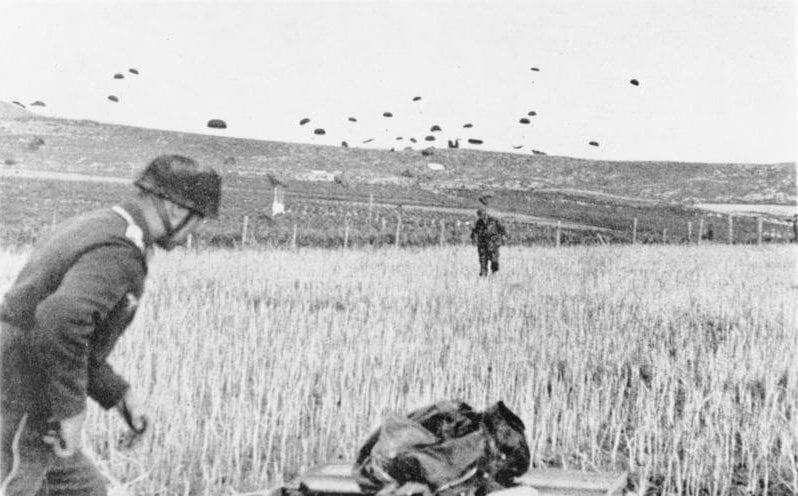
Landing of paratroopers
The first day of the Battle of Crete ended with quite large losses for the Germans and differentiated data regarding its outcome.
The fighting continued the next day with great intensity on all four fronts. The Germans were consumed in the occupation of Maleme airport, as their primary goal, and they succeeded on the night of May 21, but at great cost.
After the occupation of the airport, the Germans began to transfer large forces from Greece mainland and the occupation of Crete was only a matter of time.
On May 28, the outcome of the struggle had been judged and London decided to withdraw the Commonwealth forces from Crete and transfer them to Egypt. Several units were handed over to the Germans while several Greek fighters climbed the inaccessible mountains of Crete to continue the fight.
On June 1, 5,000 fighters surrendered to Sfakia and thus the curtain fell on the Battle of Crete.
The losses of the Allies are estimated at 3,500-6,000 dead, 1,900 wounded and 17,500 prisoners. The Germans, according to their own data, had 3,986 dead and missing, 2,594 wounded, and lost 370 planes. However, according to allied calculations, the German losses exceeded 16,000.
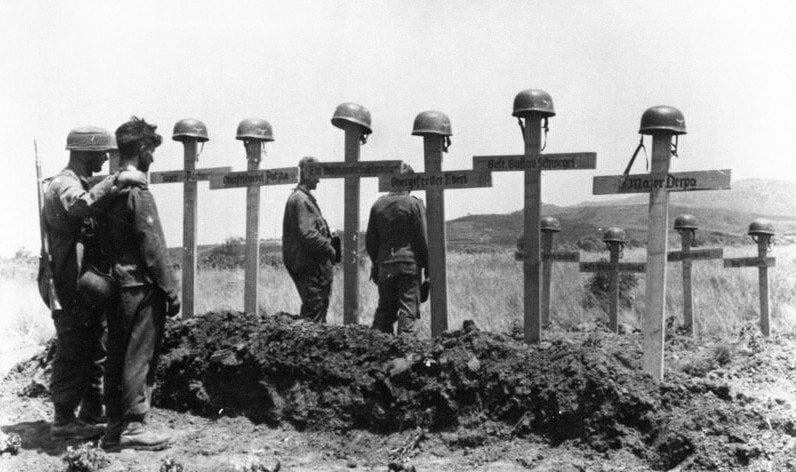
German tombs during the battle of Crete
The Battle of Crete was also named the “German Paratroopers’ Cemetery” due to heavy casualties, forcing Hitler not to attempt air invasion again.
Armenian Genocide Remembrance Day
On this day, 109 years ago, the genocide of the Armenian people by the Ottoman Empire began, with April 24 being the day of…
April 10, 1826 | The heroic Exodus of Messolonghi
Three years after the failed attempt of Kioutachis and Omer Vryonis to capture Messolonghi, the Sultan had a new plan.
Hellenic Army General Staff (HAGS) | Events for the 83rd Anniversary of the Battle of the Forts
On Sunday, April 7, 2024, the 83rd anniversary of the Battle of the Forts (April 6-9, 1941) was celebrated at “LISSE”, “RUPEL”,…
EUROSATORY 2024 | Missile Artillery Solutions from MBDA
With such a large number of interested attendees at MBDA’s pavilion at the Eurosatory 2024 Defence exhibition, the stand reminded of an…
KNDS | Showcases full range of LEOPARD battle tanks at EUROSATORY
KNDS continues to expand its technological advantage in the field of main battle tank development, as we have witnessed at the Defence and…
THEON SENSORS | Distinguishing appearance at EUROSATORY 2024 with new range of products
THEON SENSORS attended the International Defence and Security Exhibition EUROSATORY 2024 as an ambassador of Greek innovation…
Ministry of Defence | Organization of Hellenic EDF Info Day
A Conference entitled “EDF Info Day” is organized in the Amphitheater of the National Gallery on Tuesday, July 9 from 09:00 to 17:00.
ALTUS LSA | Participates in EUROSATORY 2024 with KERVEROS in the foreground
The participation of ALTUS LSA in EUROSATORY 2024 is among the Greek participations of operational significance.
Freddy Beleris | Ιn jail until October
The elected mayor of Heimarra and Member of the European Parliament of New Democracy will remain in prison until October…





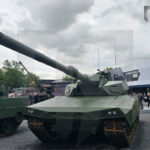

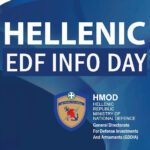

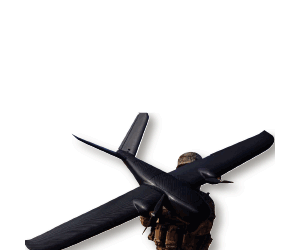
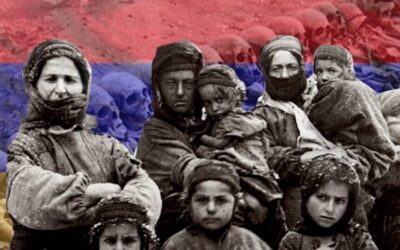

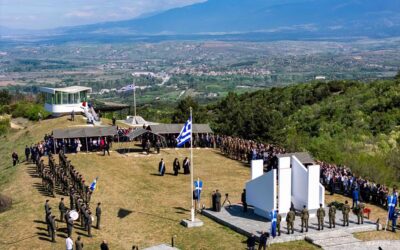




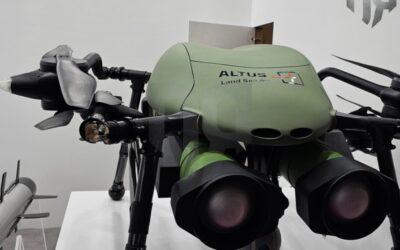

0 Comments